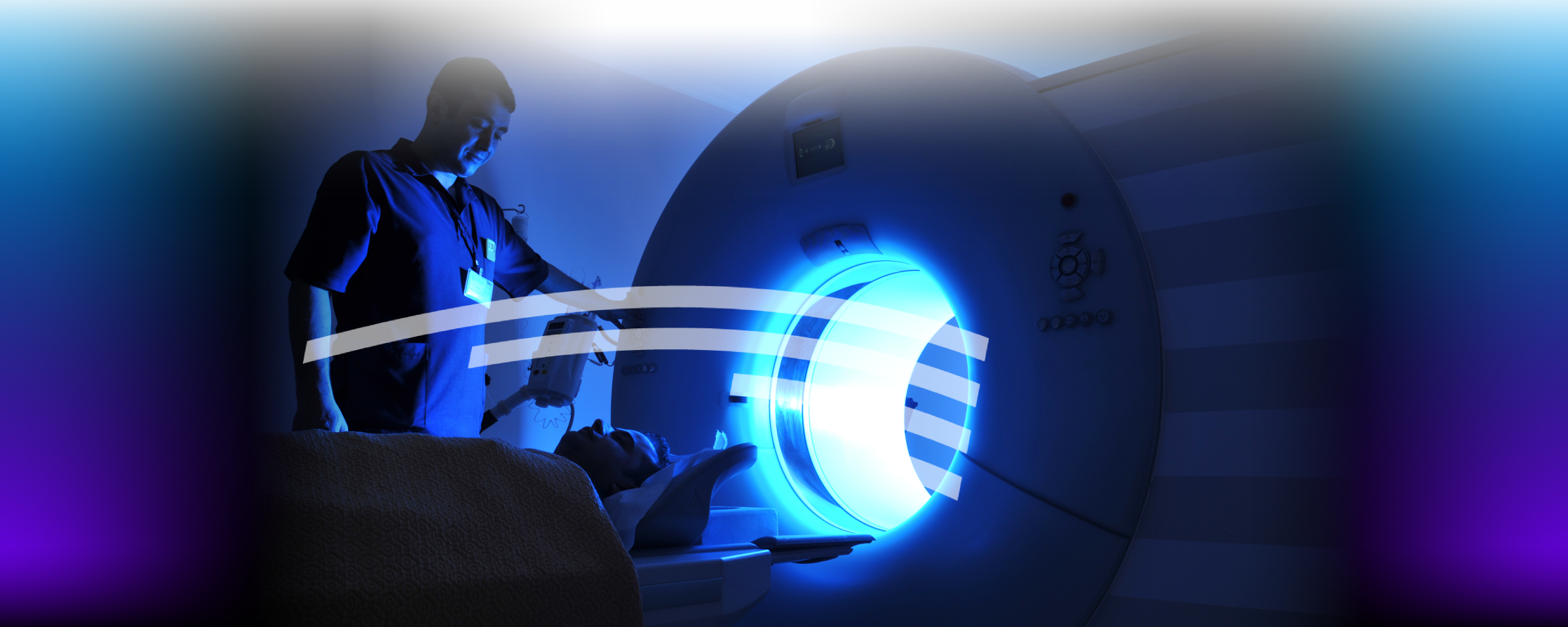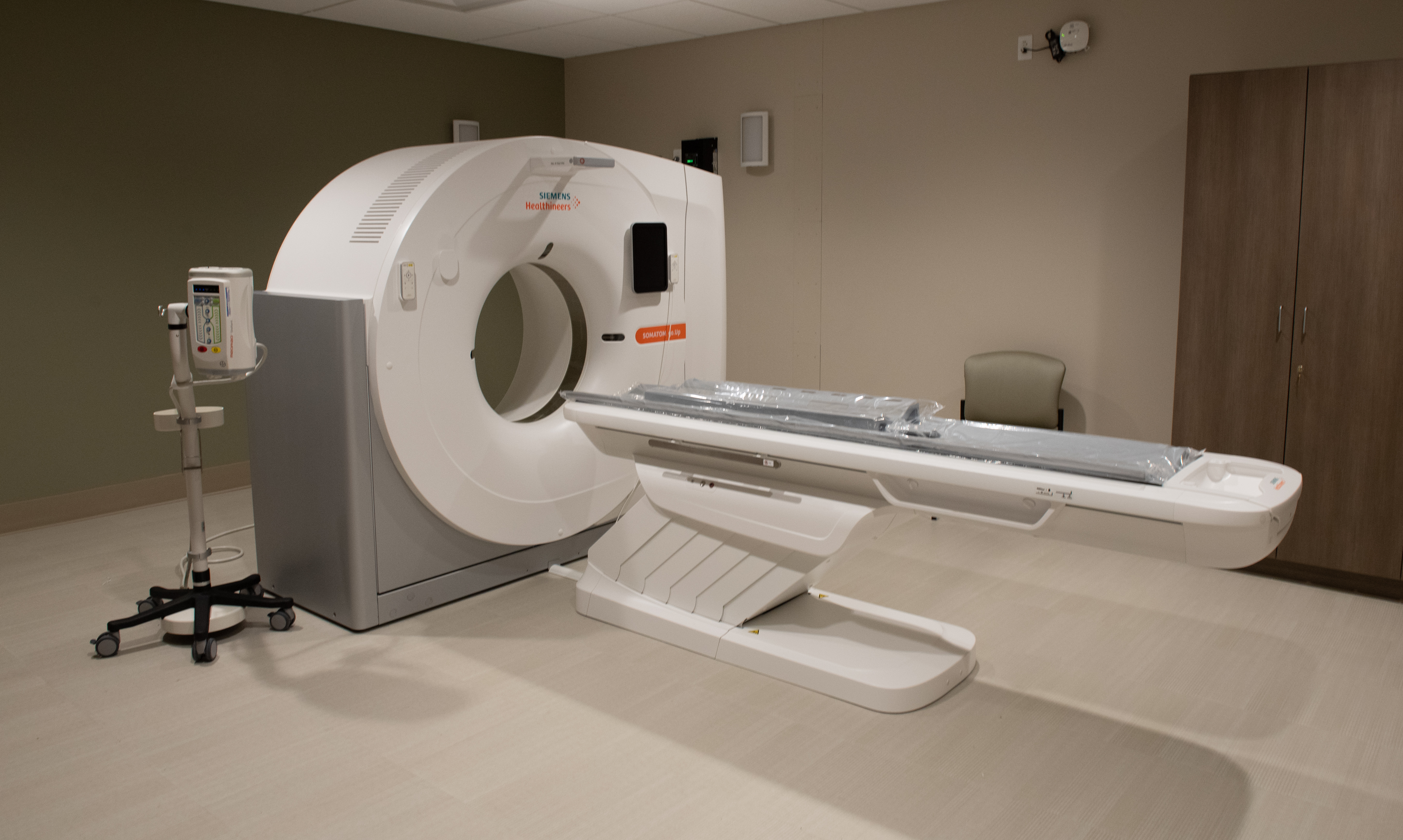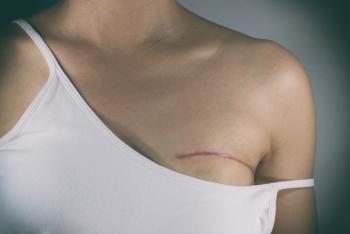Diverse participation in clinical trials can advance medical research and improve community health...
Read More
X-rays alone don’t always give physicians the best view of your body, which is why CT scans are so valuable. All our imaging facilities, including our outpatient AMI at Inspira locations, can provide essential imaging when you need it most, close to home in South Jersey.
Computerized tomography (CT) scans allow physicians to see cross-sectional, 3D images of your body created from a combination of X-rays and computer technology. These scans provide different views and far greater detail than a single X-ray.
CT scans may be used in cases where your physician needs to see soft tissue, which often doesn’t show up on X-rays, to diagnose your illness or injury. CT scans are typically used to diagnose internal injuries after an accident, diagnose and monitor tumors or infections, plan treatment such as radiotherapy and guide physicians during a biopsy.
Any part of your body can be scanned, such as your:
CT scans use an X-ray tube that rotates around the part of your body being examined. This tube takes a series of X-ray scans as it rotates, resulting in a series of images appearing as slices of your body. These X-rays are transmitted to a computer, where sophisticated mathematical techniques are used to create 2D and 3D images of your body to be reviewed by your physician.

Staff from our outpatient AMI at Inspira imaging centers will contact you before your appointment to go over details and expectations. Depending on what your physician is looking for, you may be injected with contrast material to show blood vessels and organs more accurately. You may also be asked to fast or avoid drinking right before your appointment.
Before the CT scan, a technologist will ask you several questions about your medical history. That information will also be made available to the radiologist who will interpret your exam so they have a comprehensive understanding of your health. You will also need to remove any metal objects you may be wearing—such as jewelry, glasses or an underwire bra—before the scan, as these can affect the appearance of the images.
During the scan, you will lay on your back on a flat bed while the X-ray tube rotates around small parts of your body, depending on what is being examined. You will need to lie very still and breathe normally while the scan takes place, and may be asked to breathe in, out or hold your breath at certain times. CT scans usually take about 10 to 20 minutes.
A CT scan uses X-ray images to create a 3D image of the body, while an MRI uses magnetic fields to take pictures of the body. CTs are usually a preferred method of imaging, while MRIs can detect certain diseases that CT imaging can’t.
No. Just like X-rays, CT scans are painless and relatively quick. There may be some discomfort if you’re given intravenous or oral contrast material.
Our state-of-the-art imaging technology and specialty trained, board certified radiologists can be found at all nine locations throughout South Jersey.

Diverse participation in clinical trials can advance medical research and improve community health...
Read More
Atlantic Medical Imaging (AMI), Inspira Health and Regional Diagnostic Imaging (RDI) are proud to...
Read More
If you have had lymph node surgery, especially as a treatment for breast cancer, you may be at risk...
Read More
The material set forth in this site in no way seeks to diagnose or treat illness or to serve as a substitute for professional medical care. Please speak with your health care provider if you have a health concern or if you are considering adopting any exercise program or dietary guidelines. For permission to reprint any portion of this website or to be removed from a notification list, please contact us at (856) 537-6772